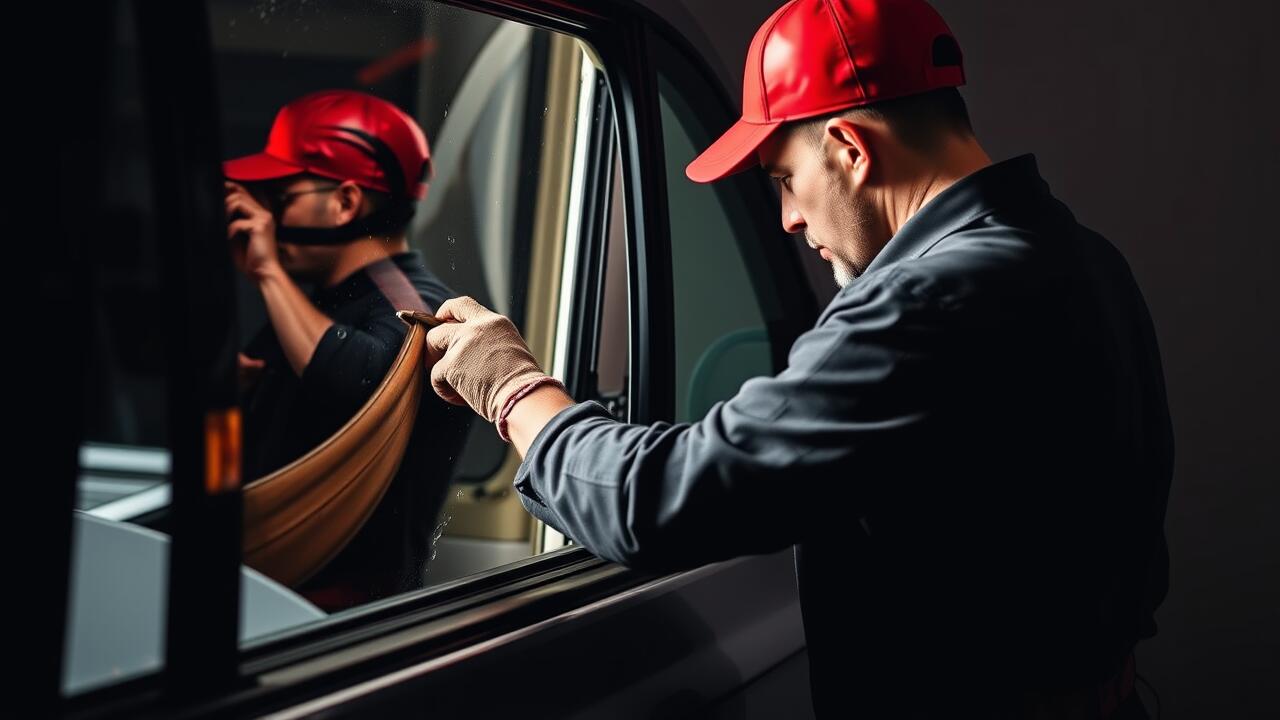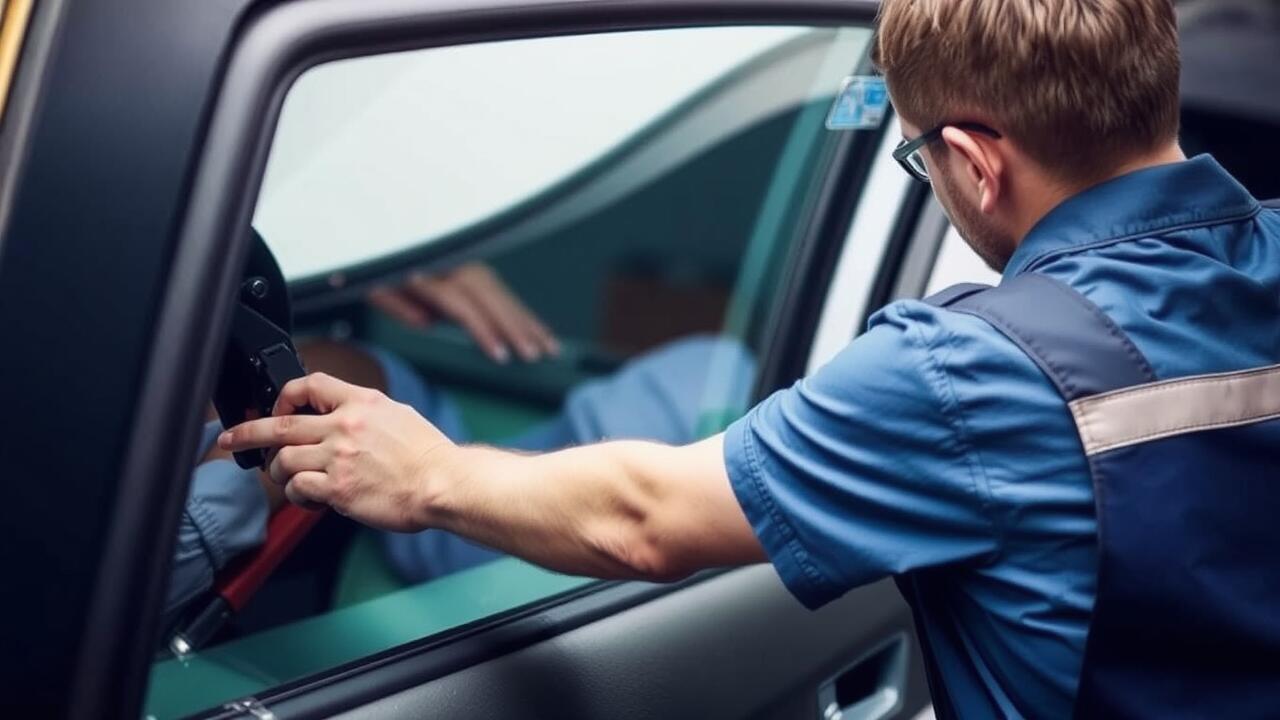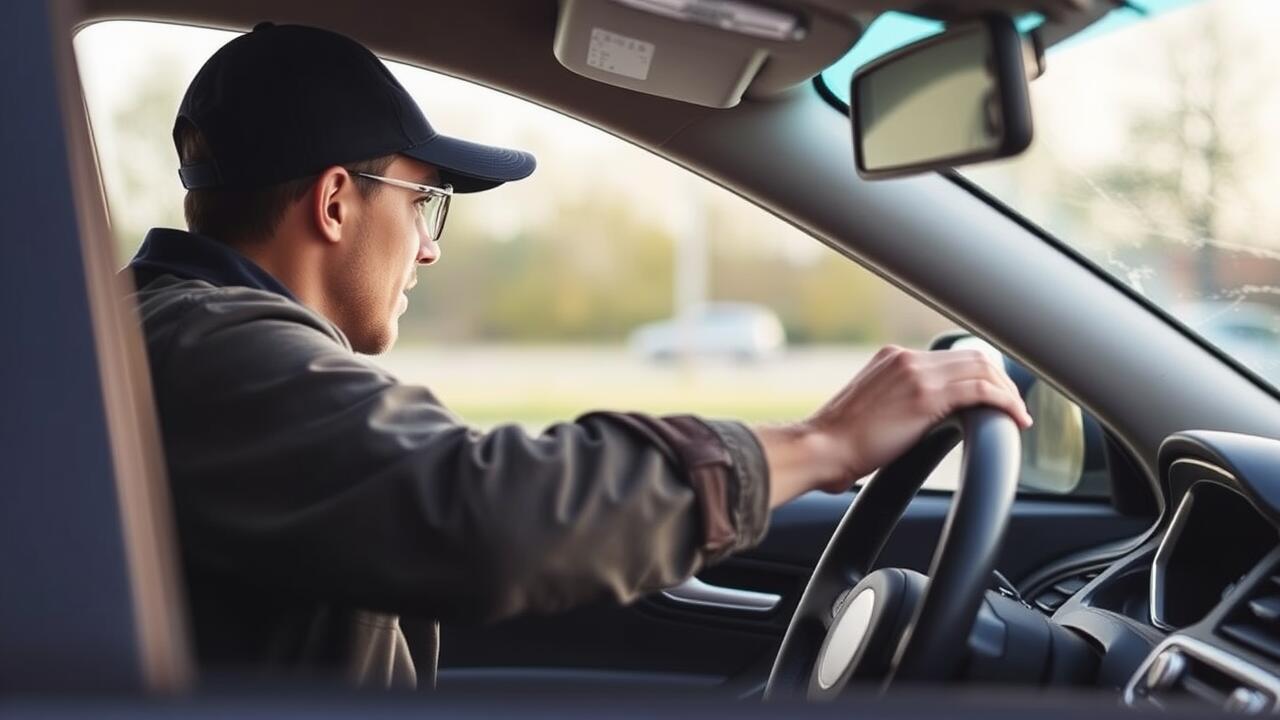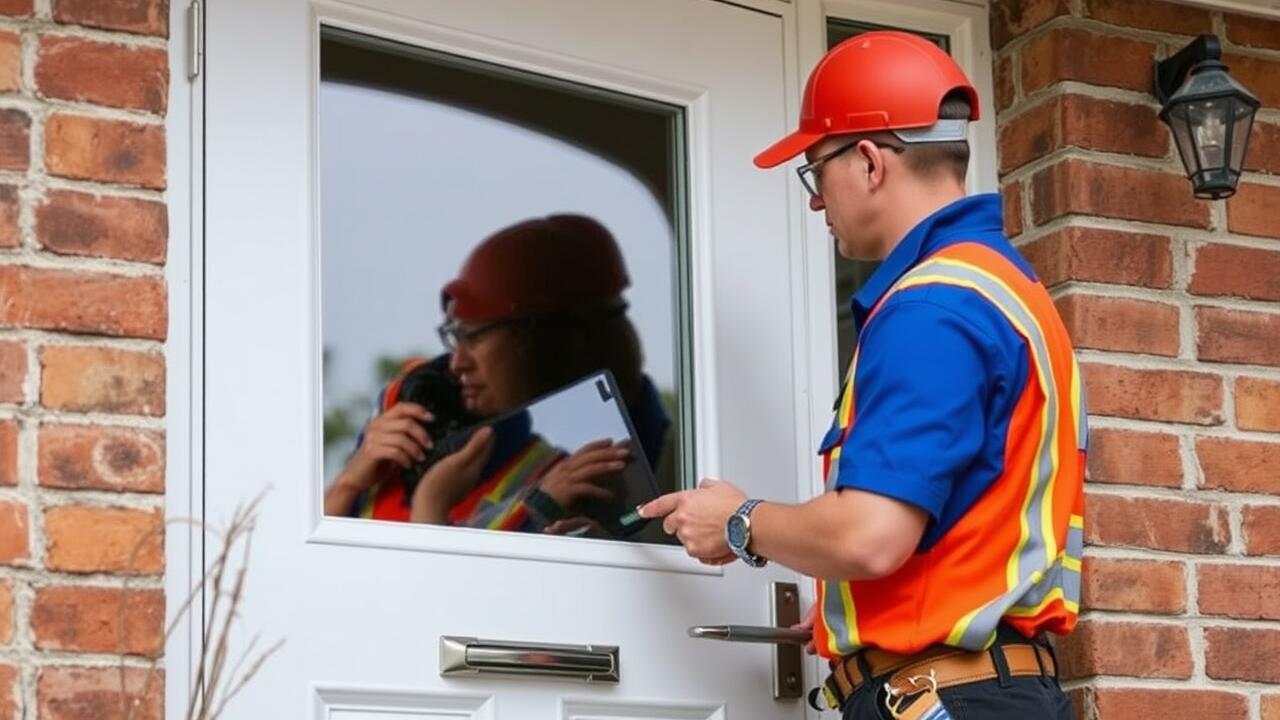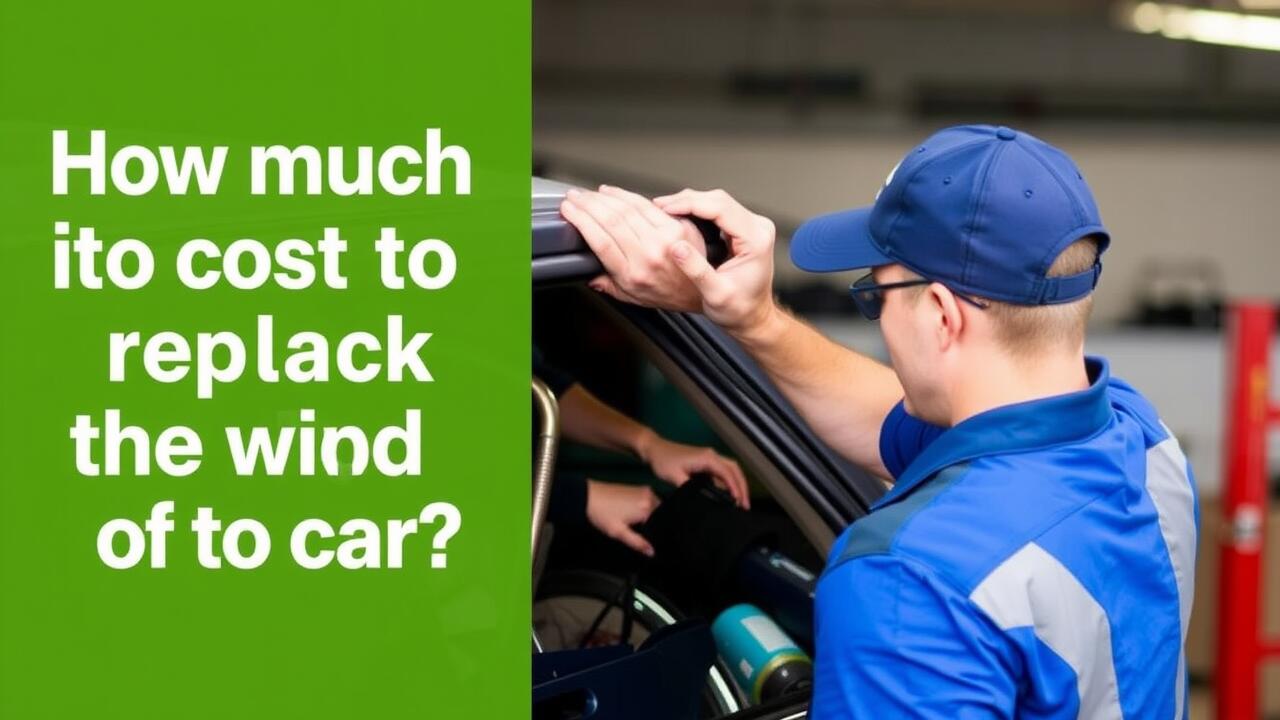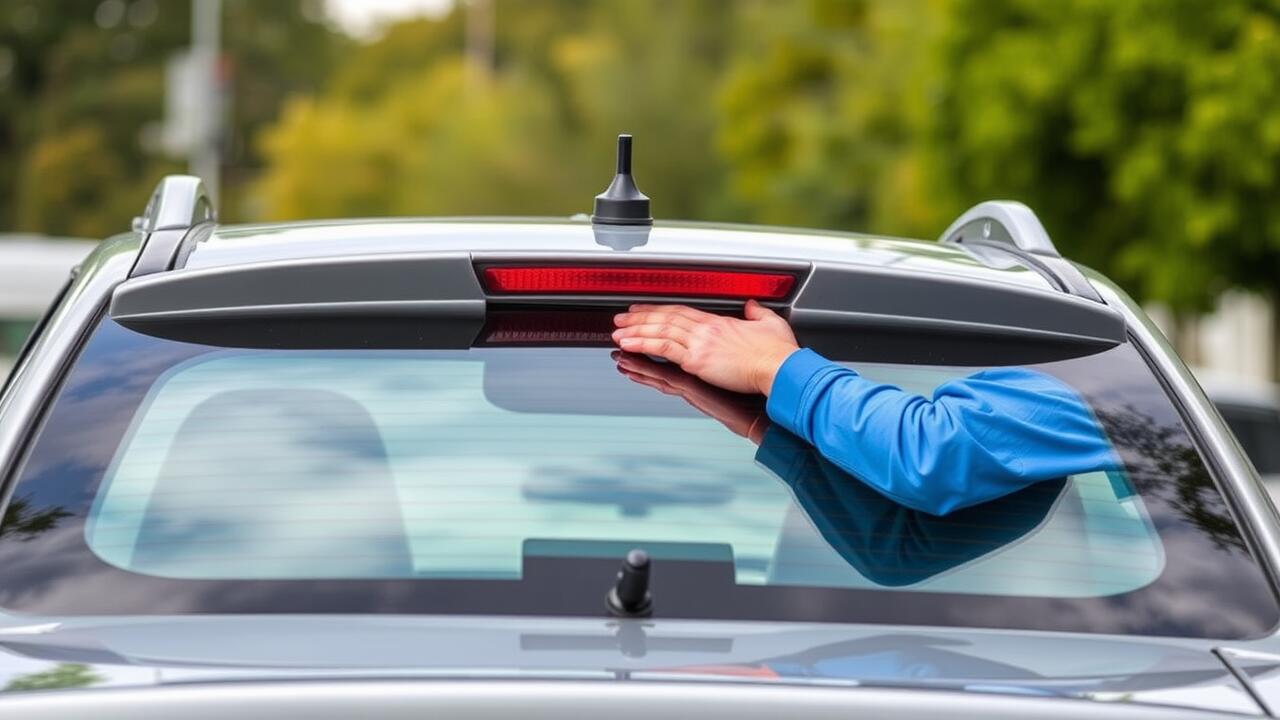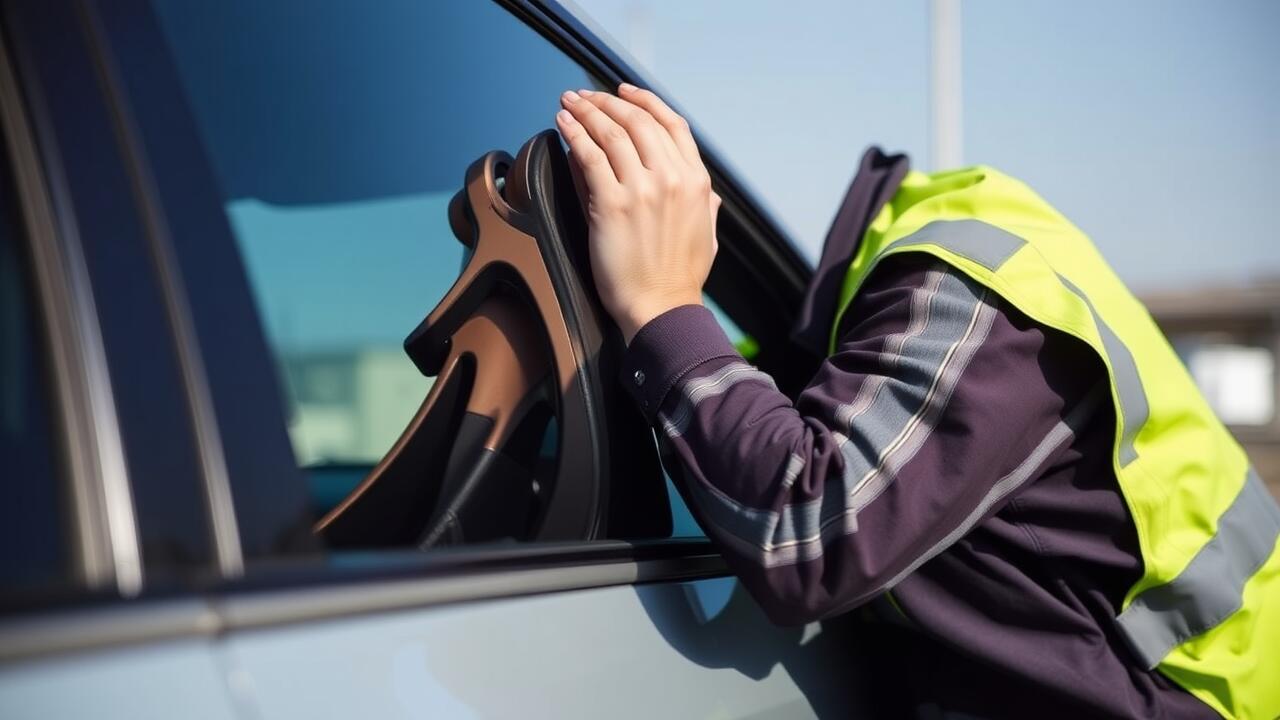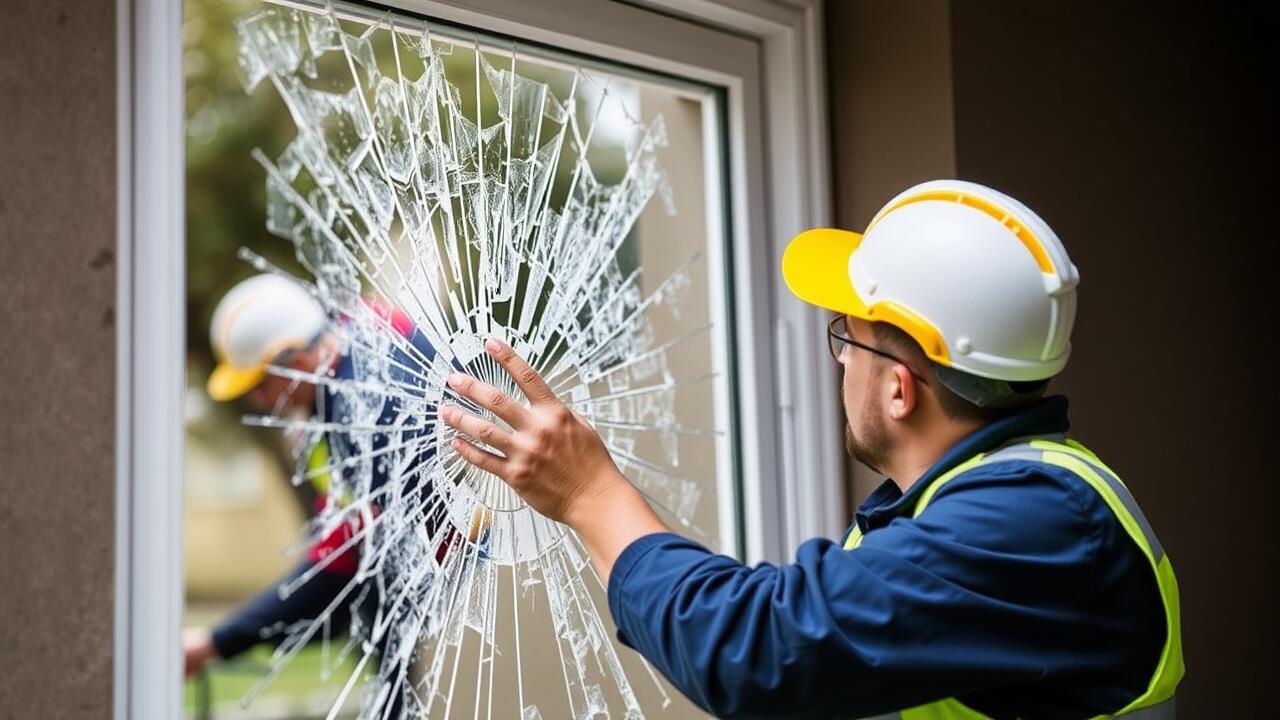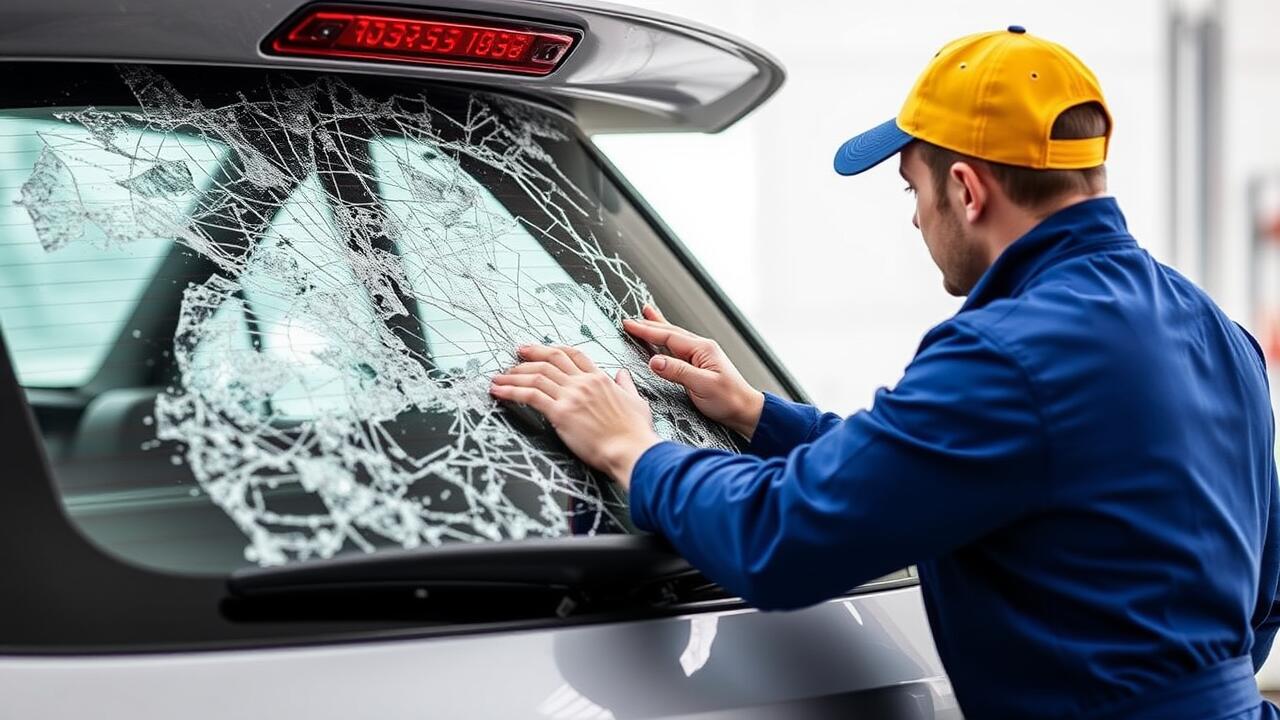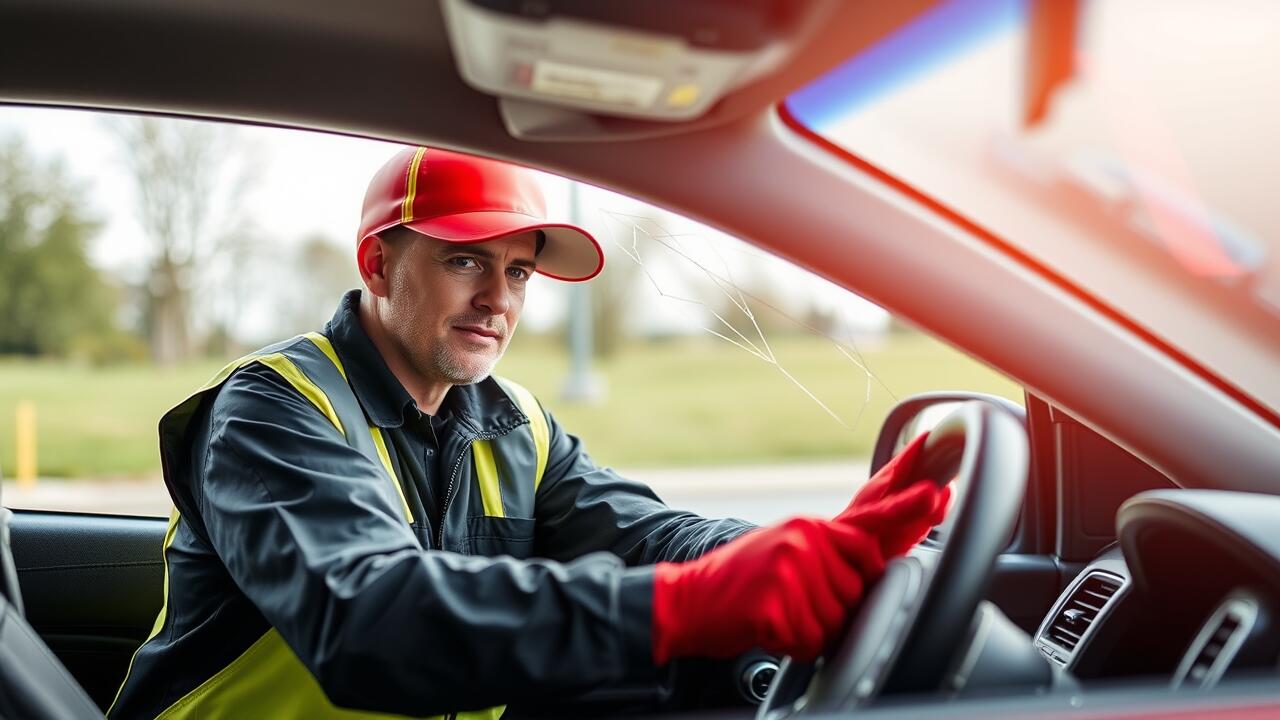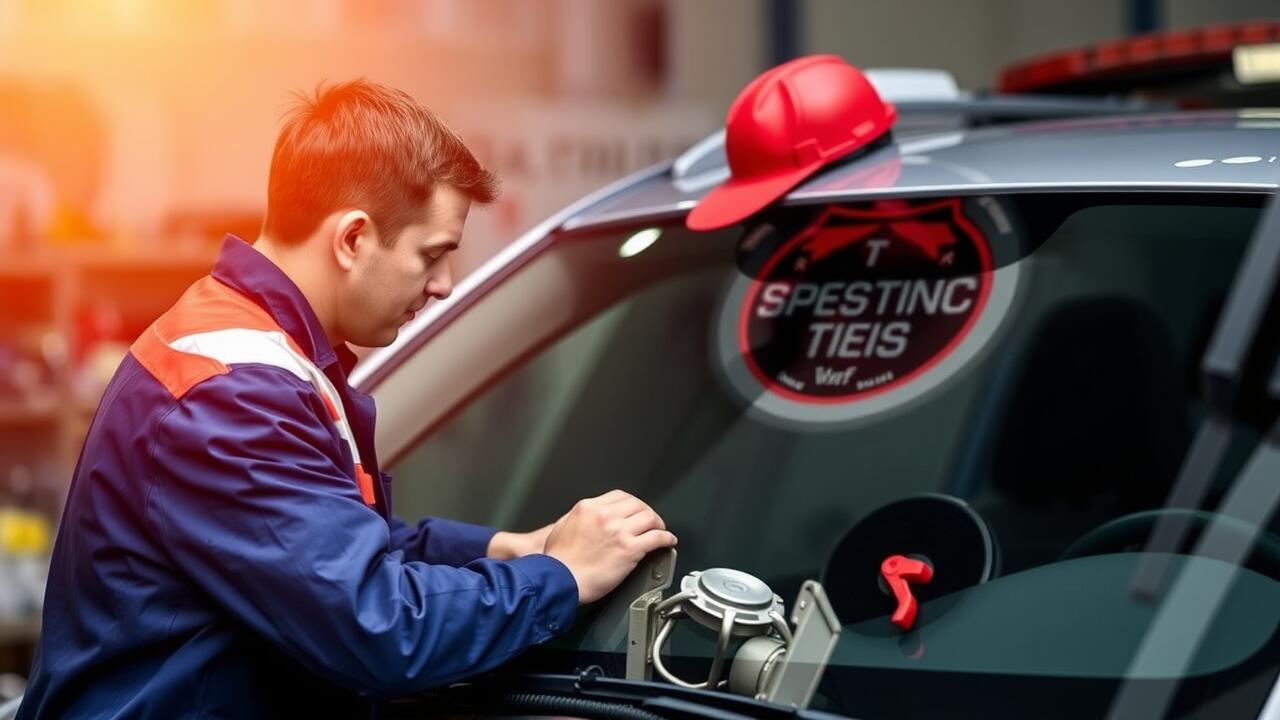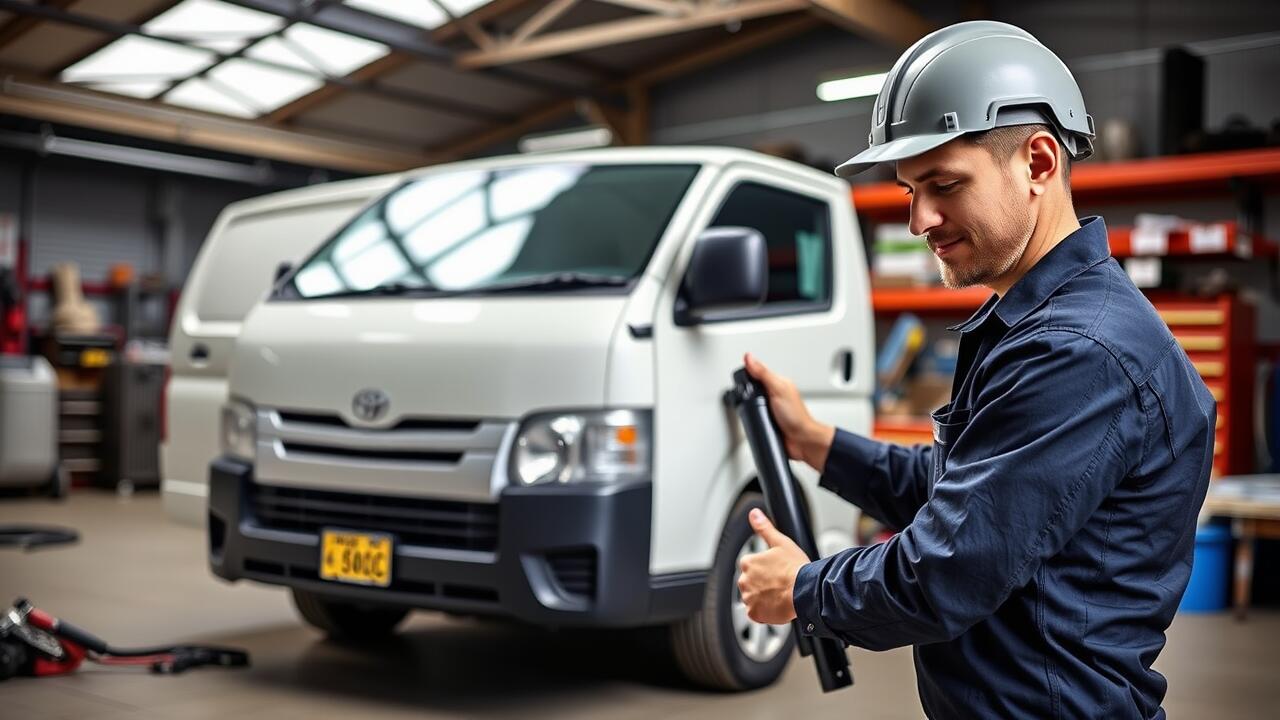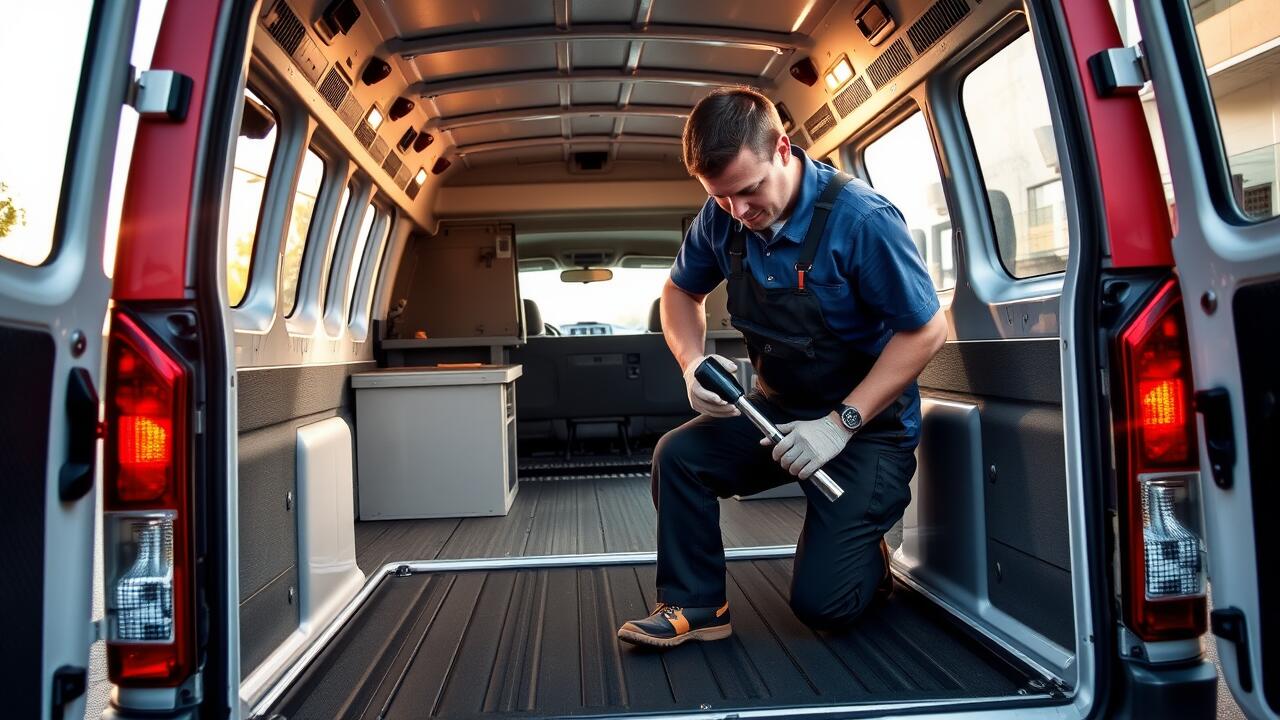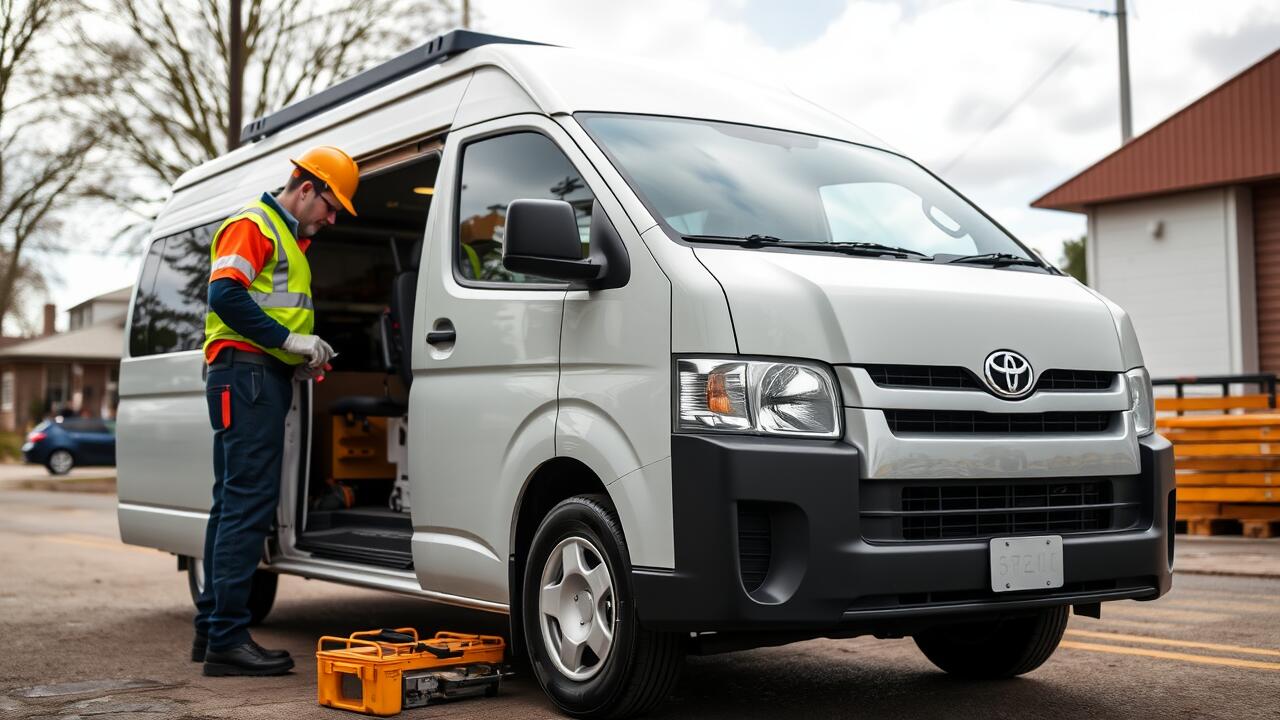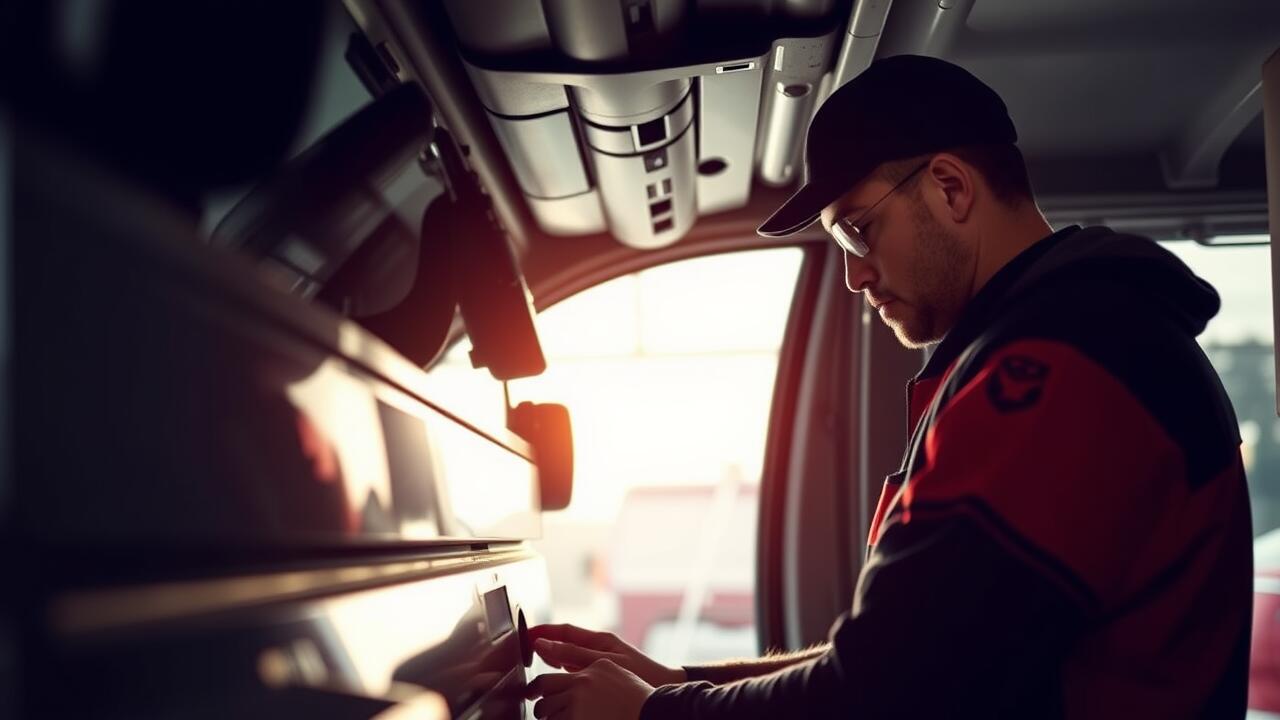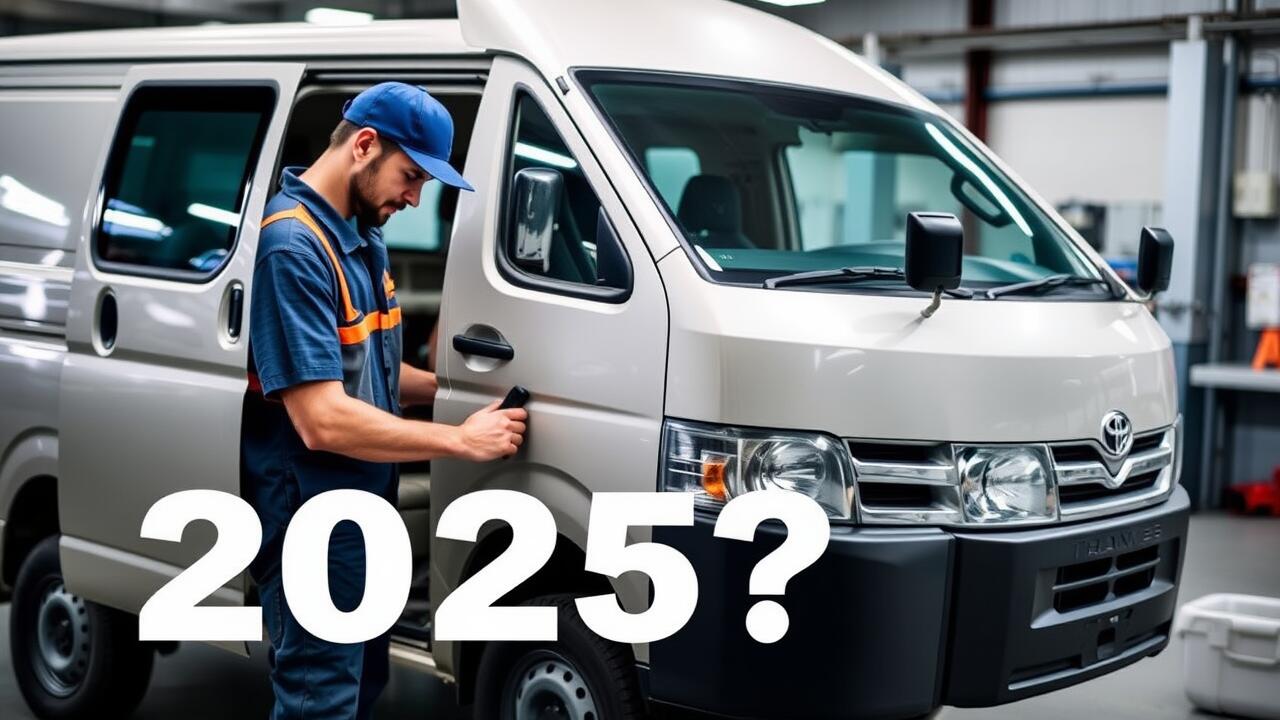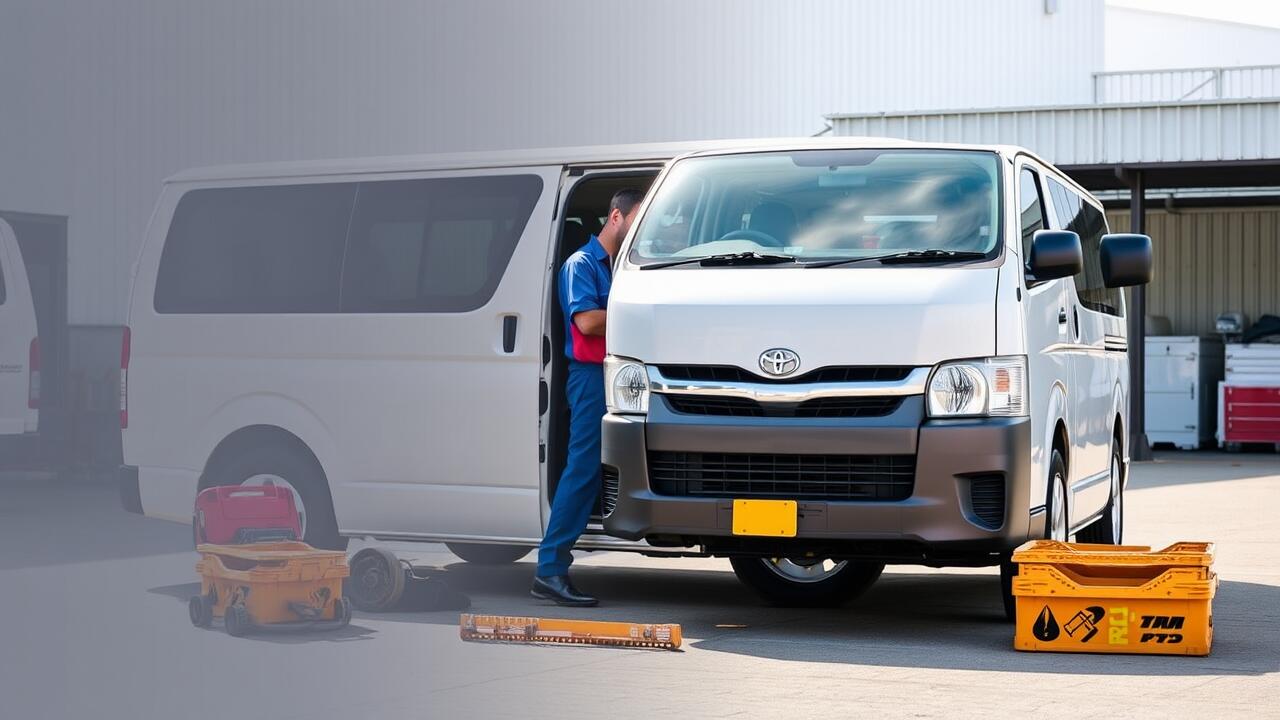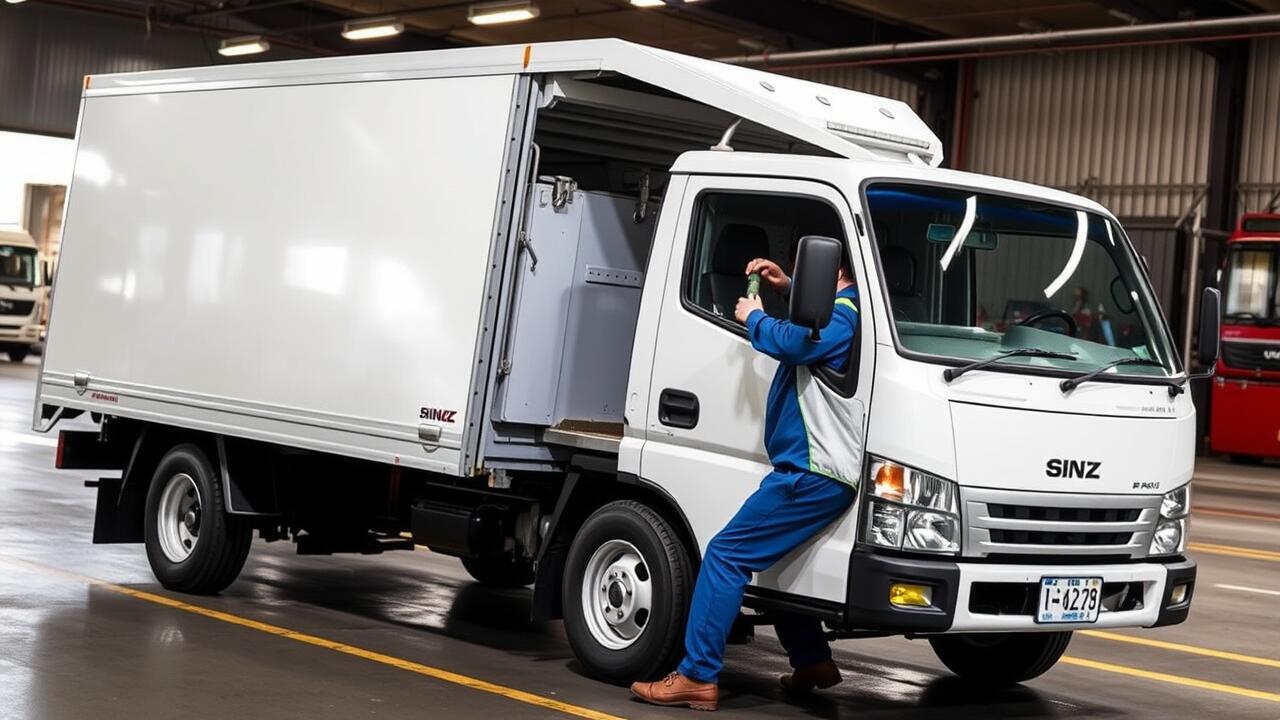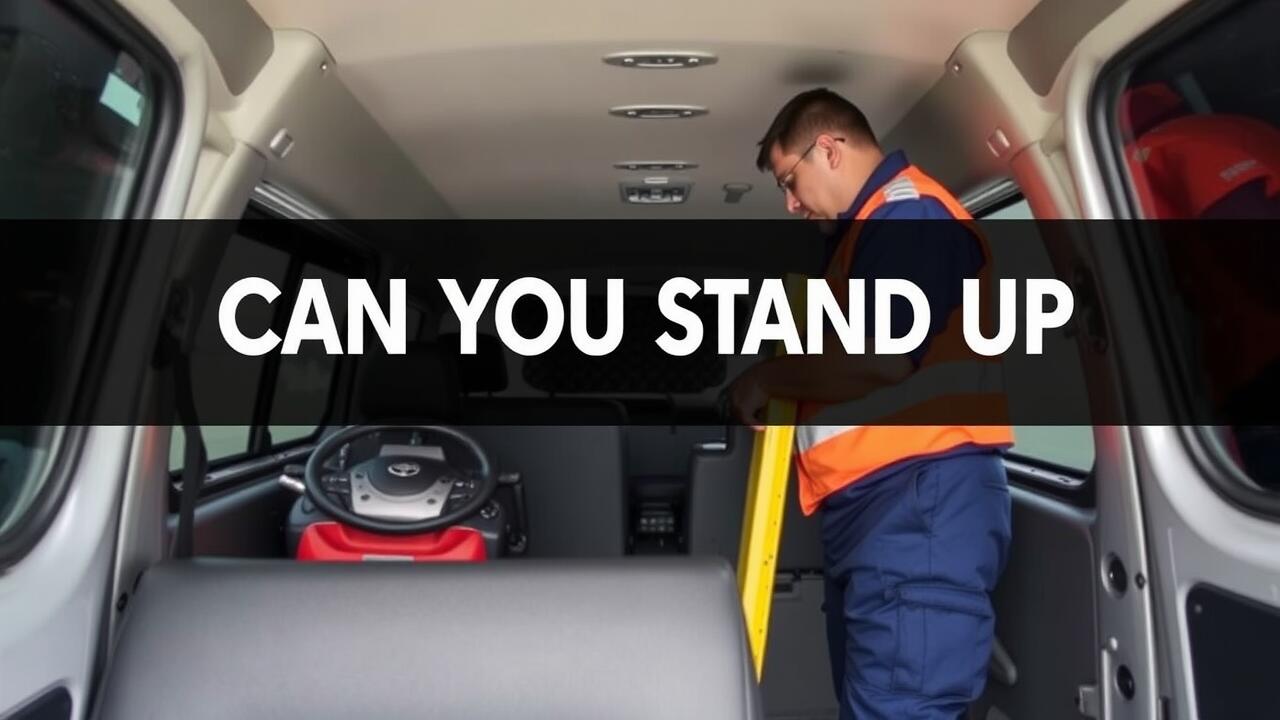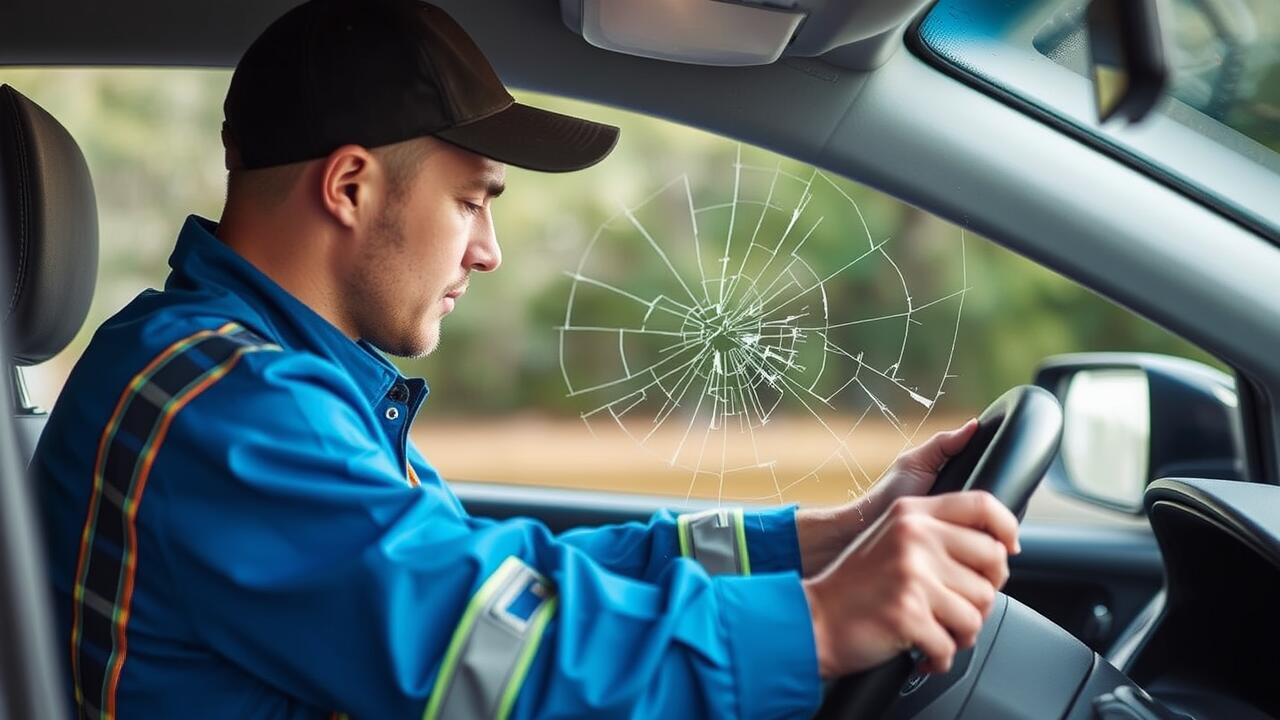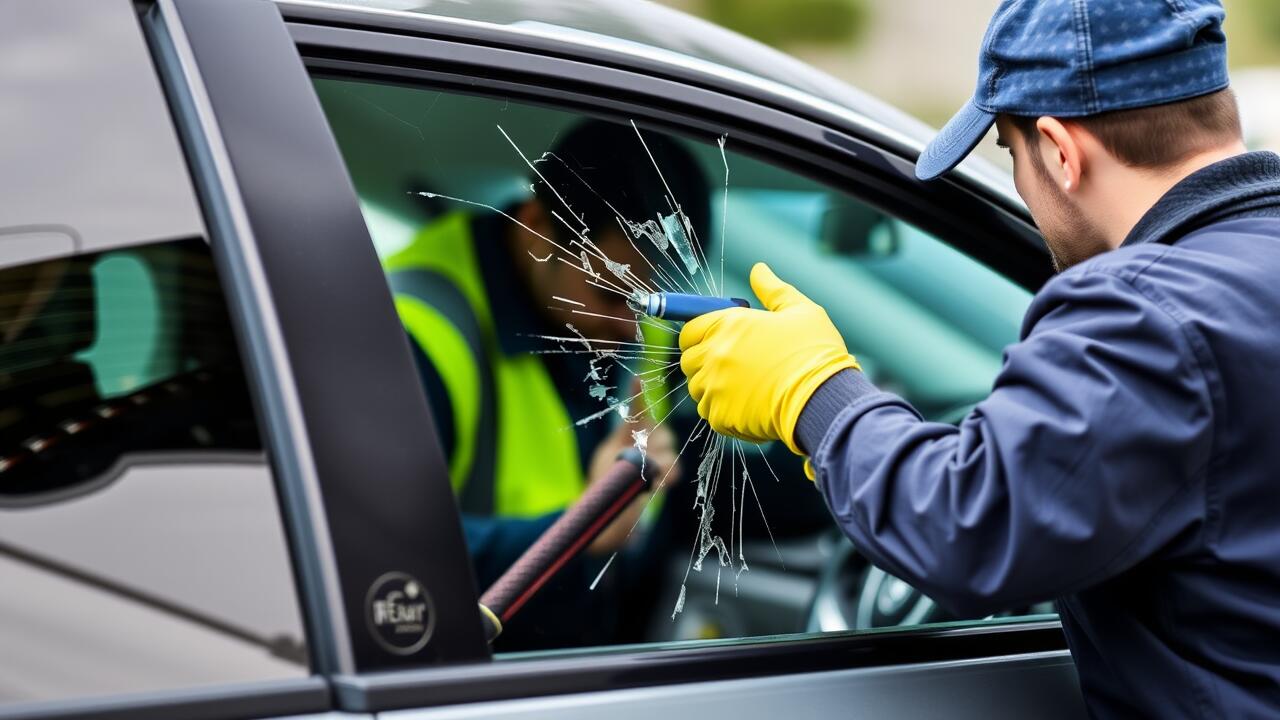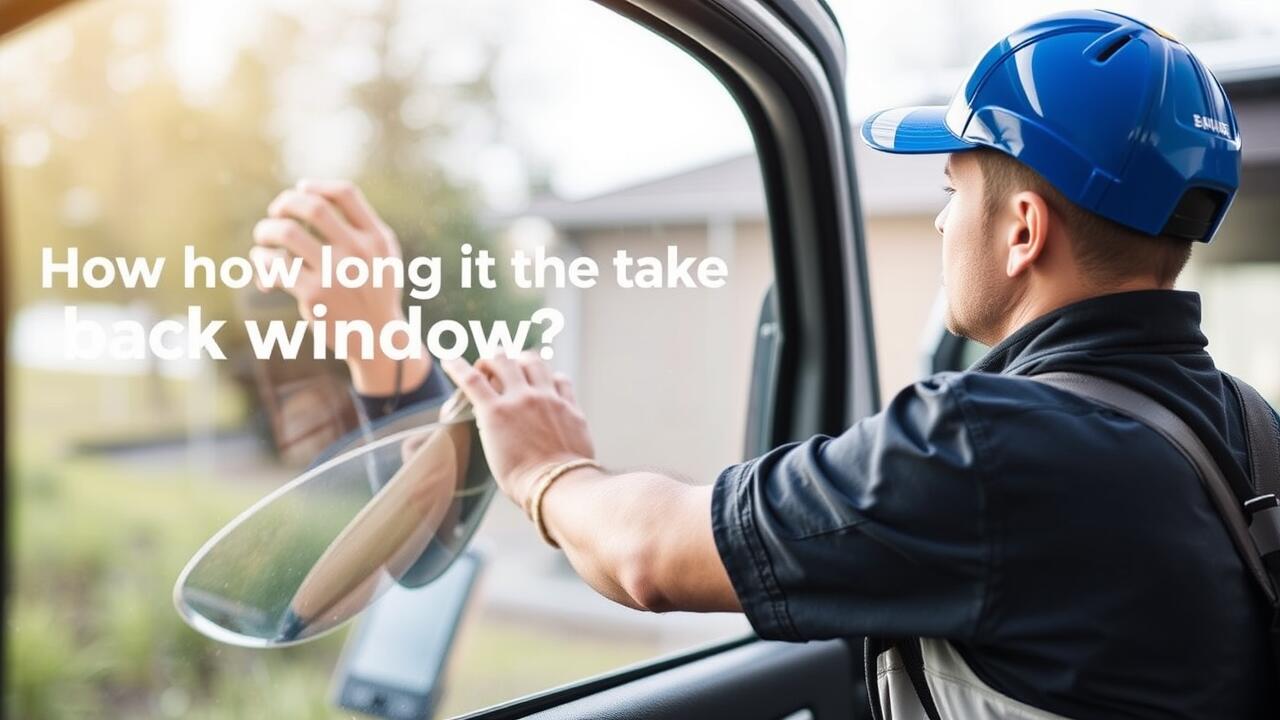
Table Of Contents
Steps Involved in Repairing a Back Window
Repairing a back window is a task that involves several key steps to ensure a proper fix. First, the technician will remove any damaged glass from the rear window frame. This often requires the use of special tools to scrape away remnants of old adhesive. Once the old material is cleared, it is important to clean the frame thoroughly. This preparation helps the new glass adhere effectively and enhances the overall quality of the replacement.
After cleaning the area, the next step is to install the new glass. This phase involves applying the appropriate adhesive to secure the rear window replacement in place. The technician will carefully position the glass, ensuring it fits snugly within the frame. Proper alignment is crucial for both aesthetic and functional purposes. After placement, the adhesive needs time to cure, leading to an eventual assessment of the seal to confirm durability and stability of the installation.
Materials Needed
When preparing for a rear window replacement, it's essential to gather all necessary materials in advance. This typically includes a new rear window, adhesive sealant designed for auto glass, and any required trim pieces. A tool kit with a putty knife, utility knife, screwdriver, and suction cups may also be needed for installation. Additionally, safety gear such as gloves and eye protection is advisable to ensure a safe working environment.
Having the right materials on hand not only facilitates a smoother repair process but can also significantly reduce the time spent on the project. For those unfamiliar with the procedure, it may also be beneficial to have instructional materials or guides available. Proper preparation ensures that the rear window replacement can proceed without unnecessary delays caused by missing items.
Location and Accessibility
Location and accessibility play a significant role in the time it takes to conduct a rear window replacement. If the vehicle is in a confined space, such as a garage or crowded driveway, the technician may face challenges in maneuvering tools or materials effectively. Limited space can result in delays as the technician may need to reposition the vehicle or use additional equipment to access the rear window properly.
Moreover, accessibility can also be influenced by the type of vehicle. Some models require more extensive work to remove interior panels or trim pieces before gaining access to the rear window. This can add to the overall repair time. In contrast, vehicles designed for easier disassembly may allow for a quicker rear window replacement process. Understanding these factors is crucial for estimating how long the repair will take.
Impact on Repair Duration
The location and accessibility of a vehicle play a significant role in determining the duration of a rear window replacement. If the vehicle is parked in a garage or a well-lit area, the technician can work more efficiently. However, if the car is in a tight space or exposed to various obstacles, accessing the back window might take longer. Limited space can complicate the process, requiring more maneuvers and careful handling of tools, which adds to the overall repair time.
Another factor that can impact repair duration is the experience level of the technician. A seasoned professional may be able to complete a rear window replacement more quickly than someone less experienced. Familiarity with specific vehicle models may also streamline the process. Additionally, if unexpected issues arise during the repair, such as broken clips or rust damage, this can further extend the time needed to ensure a proper fix.
Weather Conditions and Their Effects
Weather conditions can significantly impact the process of rear window replacement. Extreme temperatures, whether hot or cold, may alter the effectiveness of adhesives used for securing the window. In high heat, adhesives may cure too quickly, resulting in a weak bond. Conversely, low temperatures can slow down the curing process, leading to longer wait times for the adhesive to set.
Additionally, rain or snow can create complications while working on a rear window replacement. Moisture can interfere with the adhesion process, increasing the likelihood of future leaks. It is essential to factor in the weather forecast before starting a replacement to ensure optimal conditions for the job. Proper planning can lead to a smoother repair experience and reduce potential setbacks caused by adverse weather.
How Climate Affects Drying Time
Climate plays a significant role in the drying time required for adhesive used in rear window replacement. High humidity levels can slow the curing process, making it essential for technicians to factor in weather conditions before commencing repairs. In contrast, dry and warm conditions can facilitate quicker drying times, allowing repairs to be completed more efficiently.
Temperature variations also impact how well the adhesive bonds with the surfaces of the vehicle. Cold weather can cause the adhesive to become less pliable, prolonging the time needed for a proper seal. During temperate or warmer days, the adhesive may cure faster, leading to a more effective and quicker rear window replacement. Understanding these climate influences helps ensure successful and durable repairs.
FAQS
How long does it typically take to fix a back window?
The time it takes to fix a back window usually ranges from 30 minutes to a few hours, depending on the extent of the damage and the type of repair required.
What materials are needed for back window repair?
Common materials needed for back window repair include a replacement glass pane, adhesive or sealant, tools like a screwdriver, and safety equipment such as gloves and goggles.
Does the location of the vehicle affect the repair time?
Yes, the location and accessibility of the vehicle can significantly impact repair duration. If the vehicle is in a cramped space, it may take longer to complete the repair.
How do weather conditions influence back window repair?
Weather conditions can affect the repair process, especially drying times for adhesives. Rain or high humidity can prolong the curing time, while extreme heat may expedite it.
Can I drive my vehicle immediately after the back window is repaired?
It is generally recommended to wait at least an hour before driving the vehicle to ensure the adhesive has had enough time to set, although this may vary based on specific products used and environmental conditions.
